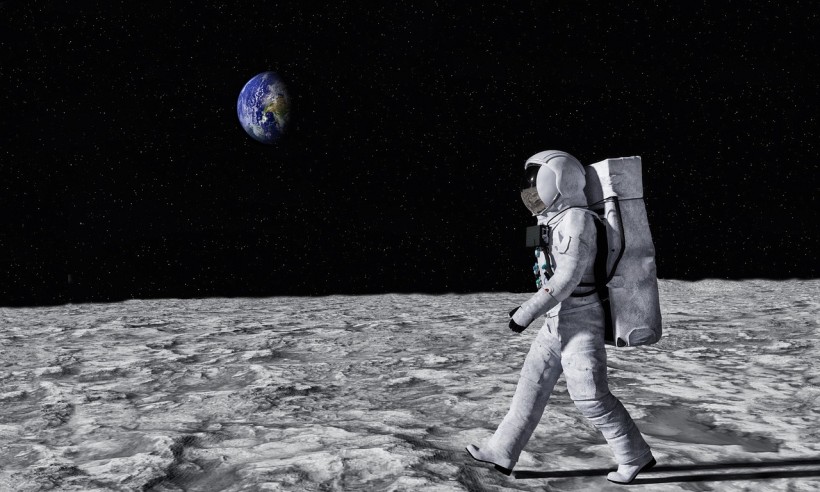After over fifty years since humanity first stepped foot on the lunar surface, global efforts have been dedicated to reach Earth's natural satellite. Now, most countries who are embarking on this adventure are aiming for the lunar south pole.
Why Are Many Countries Focusing on the Lunar South Pole?
It was back in 1969 and 1972 when Apollo astronauts were able to reach the Moon for the first time. Now, in efforts to replicate such a feat, nations are aiming for the Moon's south pole, which has become a focal point for long- and short-term explorations across space.
The reason behind this distinct focus is that specialists believe that the shadowed areas of the Moon hold abundant frozen water deposits. This could then be mined for rocket fuel and life support.
However, astrophysics and space science professor Martin Barstow from the University of Leicester explains that this remains speculation. This makes the efforts to examine the lunar south pole all the more important.
Global Efforts to Reach the Moon's South Pole
Several countries have been trying to accomplish such a feat. The Luna 25 lunar probe of Russia tried to land close to the south pole last August 19. However, it ended up crashing after experiencing communication issues pertaining to its orbit maneuver. Its crash led to a crater in the southeastern lunar region that spanned 10 meters in width.
India, however, was able to successfully pull this off last August 23. With its Chandrayaan-3 mission, the country became the first to land close to the lunar south pole. The lander-rover pair of the nation then spent a day examining the area, wherein they were able to confirm sulfur presence, pick up possible moonquakes, and measure Moon temperature.
The duo was put to sleep during September with hopes that when they get fully charged, they will be able to awake during lunar sunrise.
China also plans to deploy its Chang'e-7 spacecraft to the south pole in 2026. Based on the plan, the craft will have a rover, lander, and a tiny flying probe that will examine water ice in regions covered by shadows.
Towards the end of this decade, the Artemis Moon mission of NASA will also join the adventure as it aims to send a crew close to the lunar south pole for a mission that will last a week.
Will Humanity Build Its Home on the Moon?
While these missions are all set on reaching and examining the Moon's south pole, the end goal is to be able to have a permanent presence on Earth's natural satellite.
NASA's Artemis mission, for one, plans to build a Moon cabin where astronauts can stay and work for two months straight at a time. During that stay, astronauts may focus on honing technology with locally present resources.
Professor Barstow adds that space manufacturing may sound interesting, but it is a feat that is yet to be pulled off.
Incoming space missions may focus more on the construction of materials that are lightweight yet strong, as there are still no current facilities for accomplishing this.
This pursuit will also take humanity a step closer to reaching Mars, though it may still take decades before this successfully happens.
Check out more news and information on Space in Science Times.















